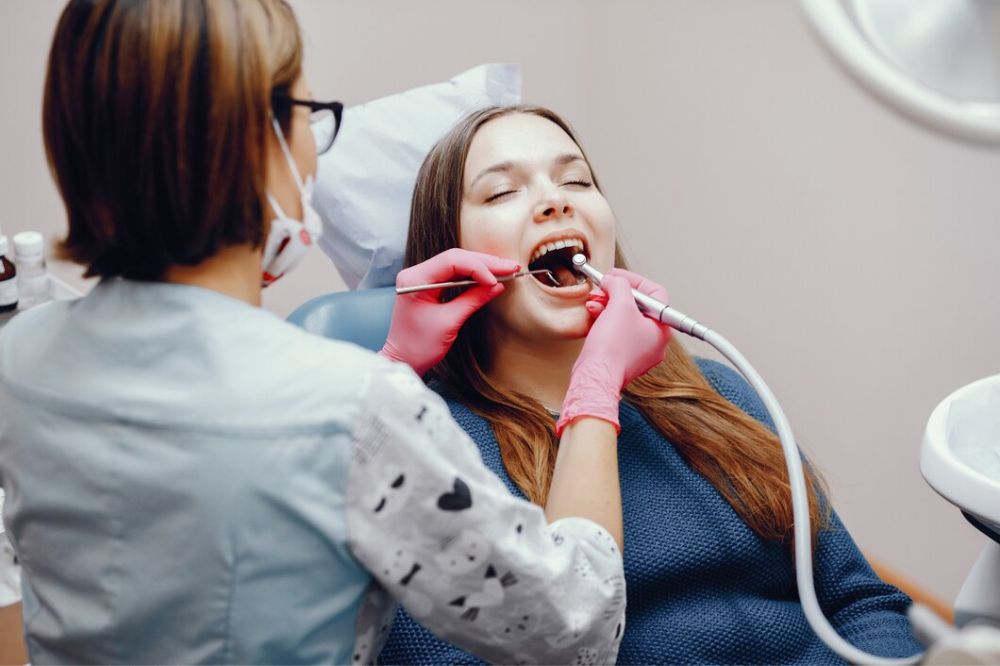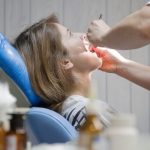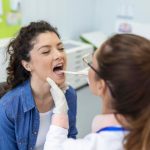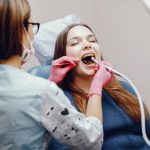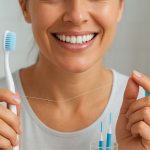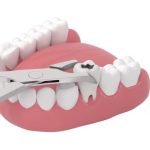Have you recently had a tooth exposed and are wondering how to care for your mouth after the procedure? Following the instructions to take care of your mouth is so important to have the quickest healing, minimize potential complications, and optimize your results. Once you know what to do and what not to do, recovery will be a breeze.
If you had expose and bonding in Brandon, your dentist’s or oral surgeon’s post-op instructions are the most important factors. Every patient will heal differently, but there are always general principles that can help to promote healing, minimize discomfort, and protect the newly exposed tooth.
What to Expect Right After Surgery?
You may experience some swelling, slight bleeding, and tenderness after your procedure. tooth exposure aftercare involved cleaning the area, minimizing irritation, and healing the soft tissues in the area exposed.
Key things to remember:
- Don’t touch the area: Keep your fingers and tongue out of the surgical site.
- Use mouth rinses as prescribed: Antiseptic rinses will help you avoid infection.
- Cold compress: Apply intermittently to reduce swelling after exposure and bonding.
- Soft diet: Stick to foods that do not require heavy chewing.
- Pain management: Take medications as advised to control discomfort.
Doing these steps helps your mouth heal safely and the exposed tooth settle properly.
What Are the Oral Hygiene Tips After Surgery?
Oral care is important without disturbing the surgical site, but be gentle. Here are some tips:
- Brush softly around the area without touching it.
- Don’t rinse or spit for the first 24 hours.
- Floss softly
- Use any special brushes or tools your dentist recommends.
Proper oral care reduces the risk of infection, swelling, and discomfort after oral surgery near you.
What Foods and Habits Should You Avoid?
- Avoid hard or crunchy foods
- Skip spicy or acidic foods.
- Avoid straws and hard rinsing.
- No smoking or alcohol; it slows healing.
Staying with a diet of soft foods like yogurt, mashed potatoes, smoothies, and soups will help you recover much more comfortably.
How to Check Healing and Swelling After Tooth Exposure?
Swelling after exposure and bonding is common, but severe swelling may indicate complications.
Keep an eye out for:
- Increasing pain or swelling for first few days.
- Fever or unusual discharge from the surgical site.
- Difficulty opening your mouth or swallowing.
Contact your dentist or oral surgeon promptly if any of these occur to prevent further issues.
What is the Aftercare Guide for Long-Term Success?
This exposure and bond recovery guide also includes long-term care directions:
- Attend follow-up appointments for healing evaluation
- Observe diet and hygiene until confirmed healed
- Let us know the signs of infection or any unusual discomfort right away
- Don’t apply unnecessary pressure at any level (even a light touch) near the surgical area above and below the site.
Following these recommendations ensures your newly exposed tooth has the greatest chance of aligning and functioning normally in the oral cavity, improving aesthetics and oral health.
Care for Your Smile with Expert Guidance – Visit Today!
Want to ensure a smooth recovery after your tooth exposure procedure? Book an appointment with Orange Blossom Oral Surgery – Brandon to receive personalized guidance, expert care, and a clear exposure and bond recovery plan for the best results.
FAQs
How long does swelling last after exposure and bonding?
Mild swelling usually lasts 3–5 days and can be managed with cold compresses and prescribed medication.
Am I able to brush the exposed tooth sooner?
Do not brush directly on the surgical site for 24-48 hours. You will want to clean all around it gently.
Is it normal to have pain after the surgery?
It is common to have minimal discomfort. See your dentist if the pain is constant or severe.
Are there specific instruments to use for cleaning while healing?
You may have suggestions for brushing with a soft-bristle brush and/or a syringe to gently rinse the area to avoid trauma; this is dependent on your dentist.

